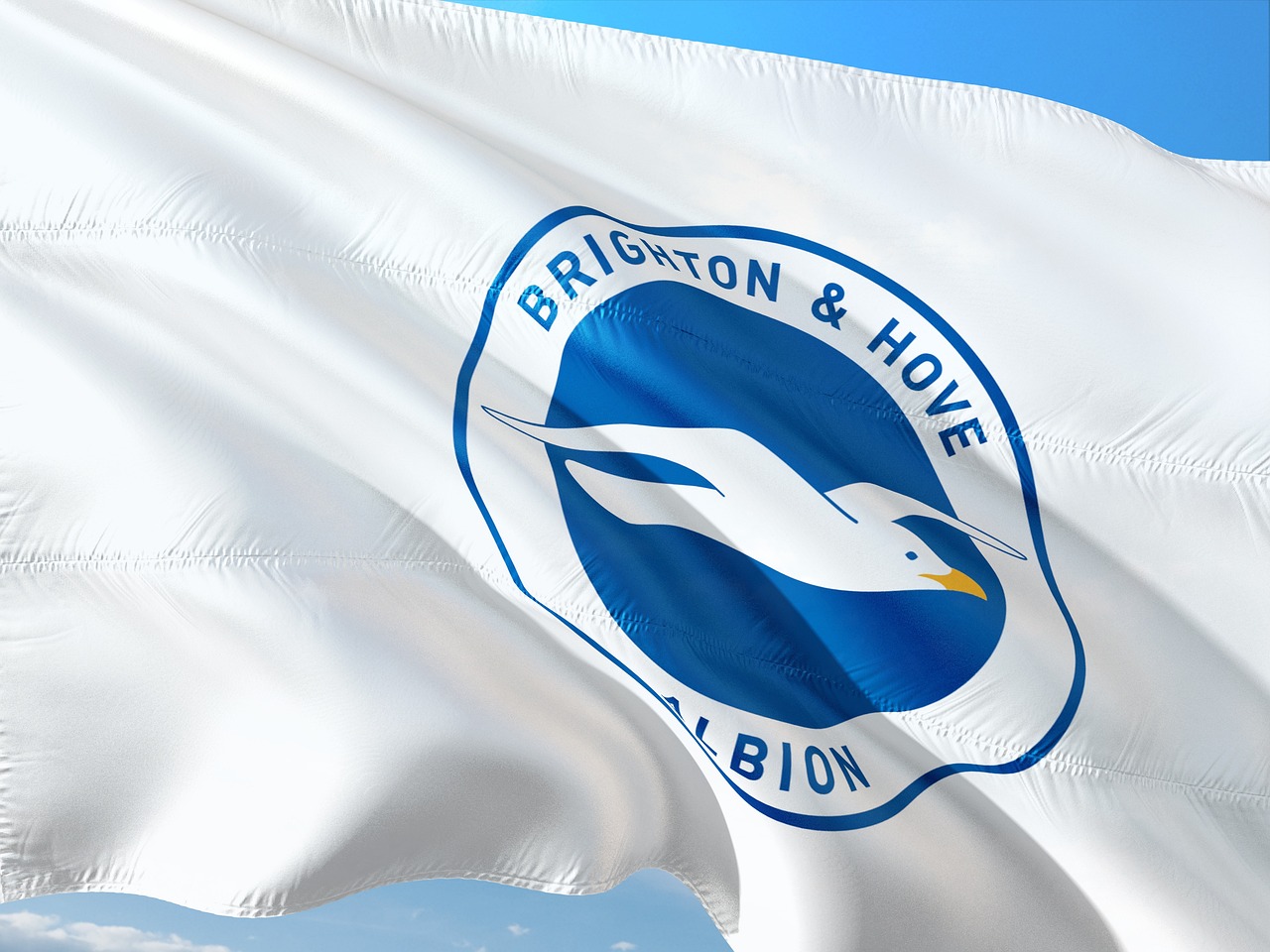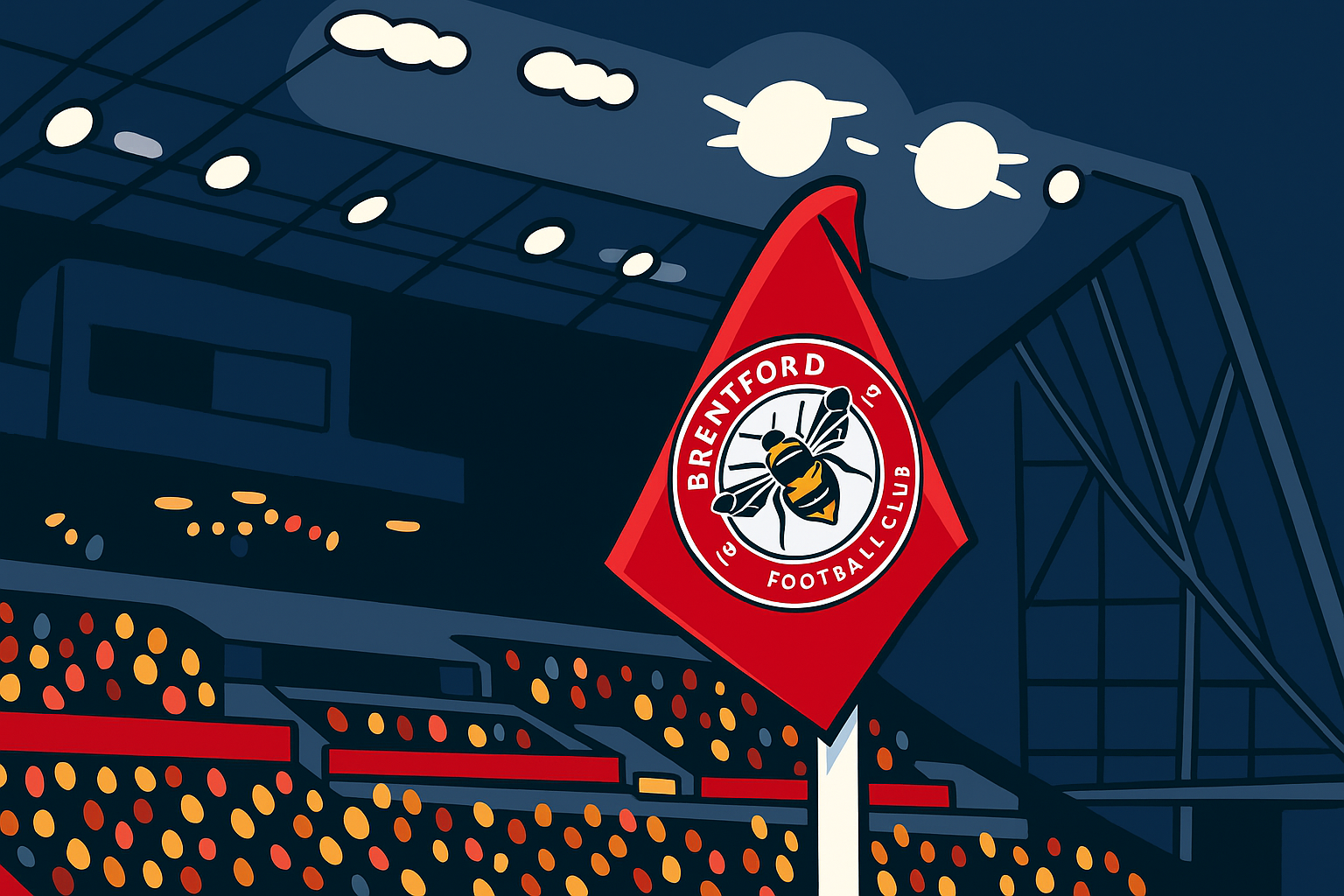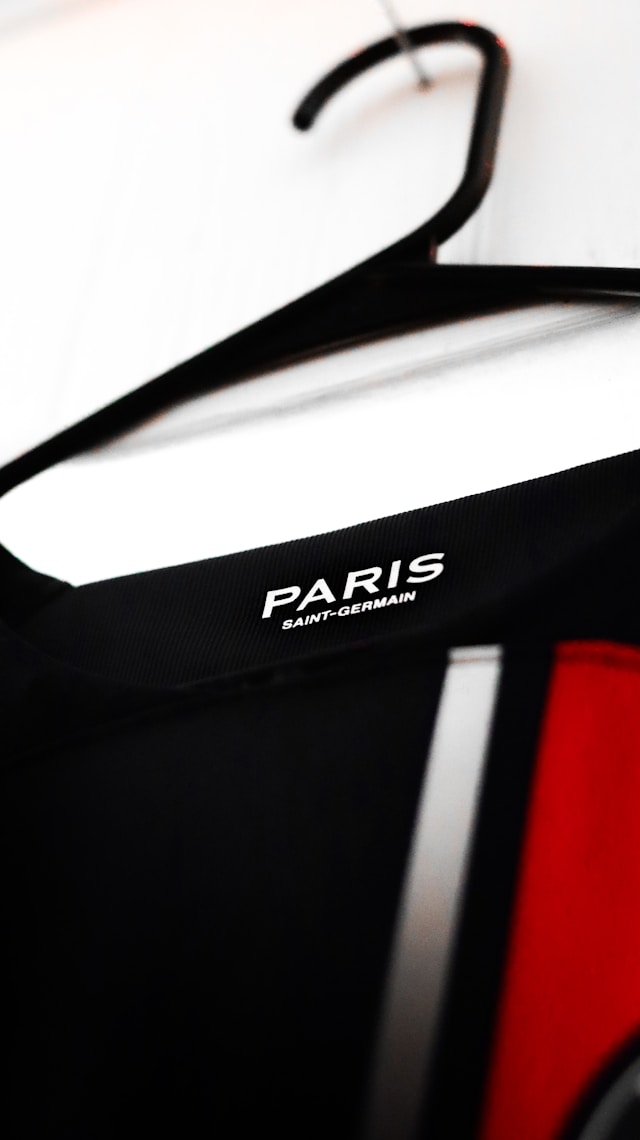Plans surrounding a potential new home for Newcastle United have triggered strong opposition from residents and campaigners, despite no formal application being lodged. The idea of constructing a 65,000- to 70,000-seat stadium on Leazes Park—adjacent to the club’s historic St James’ Park ground—has prompted widespread backlash, with thousands signing a petition to halt any such move.
For over 130 years, St James’ Park has served as Newcastle’s footballing heart, but spatial limitations have long made redevelopment difficult. While the club’s ambitions to grow in line with Premier League rivals persist, options for expanding the existing site are constrained by nearby infrastructure and protected architecture, such as the Grade II-listed Leazes Terrace.
The alternative, a new state-of-the-art stadium just a short distance away, has yet to be officially proposed—but the mere suggestion has already provoked resistance. Save Newcastle Wildlife campaigner Rachel Locke slammed the potential development as “scandalous,” referencing the controversial Saudi ownership backing the club. She added, "There are more than 1,000 trees in the park, as well as shrubs and hedgerows, which provide food and shelter for insects and other wildlife including bats, birds and hedgehogs."
Ms. Locke presented the petition to Newcastle City Council earlier this week, with the number of signatories climbing beyond 28,000. She also called for a public referendum on the matter, arguing the park's environmental and historical significance must be protected.
Leazes Park, opened in 1873 after a petition from nearly 3,000 working-class residents, was the city’s first public park and remains a cherished green space. Opponents fear the club’s plans, while still unconfirmed, could jeopardize its character and ecology.
Liberal Democrat leader Colin Ferguson echoed the need for transparency, saying, “There would need to be crystal clear public engagement and consultation on any future stadium development that comes forward.”

Amid the debate, Newcastle United’s Chief Operating Officer Brad Miller has acknowledged the scale of the opportunity. “It is a once-in-a-lifetime opportunity. So everything we are doing, do we invest and transform St James' as we see it today where we are? Or do we take that bold move and think about moving?” he said last year.
“We want to make sure it is a very robust process. So regardless of the outcome, I want to stand up in front of everybody through the process and say 'This is why it is a logical decision'.
"We have also taken the opportunity to look at what a new stadium would look like. It's not comparing apples with apples, they are not like for like. It's comparing apples with pears. The brilliant thing about St James' is it is an iconic location, the atmosphere and the competitive edge it gives the team on the pitch. It has 52,000 seats already.
"But a new stadium doesn't have that and we'd have to pay for all those seats again. A new stadium has the potential to earn a lot more, both on match days and non-match days. It is giving us an indication that we can actually contribute even more to the football club and football side if we had a new stadium.”
While club officials remain tight-lipped about any specific development proposals, reports suggest the new ground could cost between £2bn and £3bn. If built, the stadium would become the third largest in England after Wembley and Old Trafford, surpassing iconic venues such as Anfield, the Emirates, and the Tottenham Hotspur Stadium.
For now, fans and residents remain divided, with tradition, revenue, and environmental concerns all in the balance.
Featured Image Credit: Instagram / @nufc
.png)










